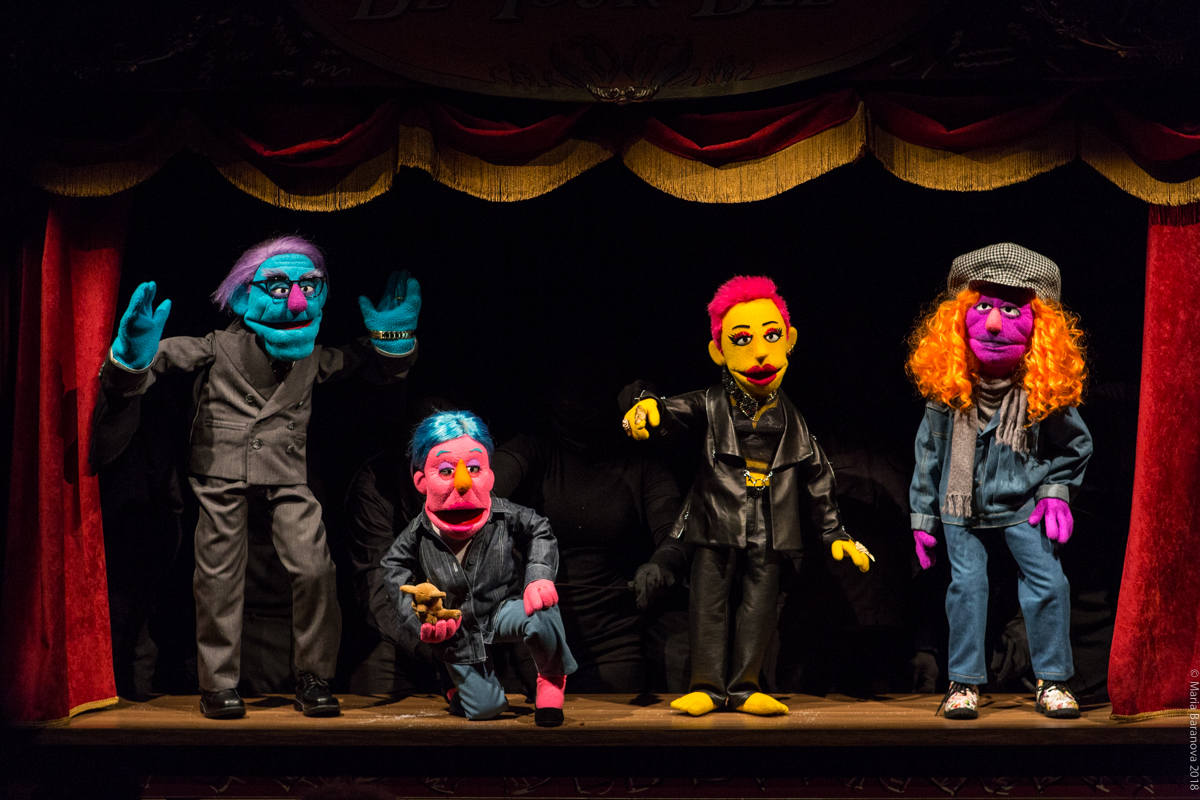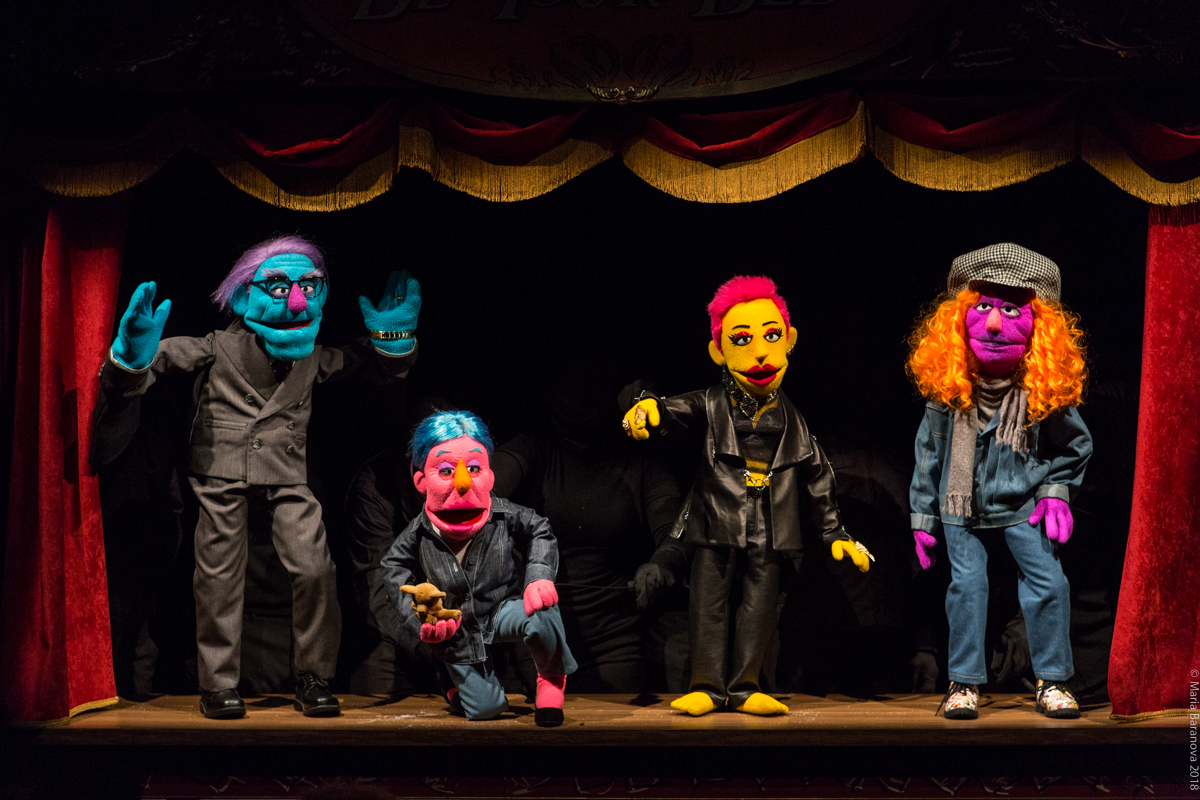[ad_1]
Is there any aesthetic activity that Bjarne Melgaard has not used for his own inimitable ends? Over the past two decades, he has proven himself to be an indefatigable painter and an inventive curator—organizing, to name one memorable example, a multi-part show at Ramiken Crucible gallery in New York that featured Guy Bourdin and Richard Kern photographs and live white tigers. But he has also taught art students, designed jewelry (with Bjørg Nordli-Mathisen; the pieces debuted at Gavin Brown’s Enterprise, where they were modeled by pigs), and collaborated on clothing (with Eckhaus Latta). And he has staged performances, like one in the city last year in which he gave away clothing, reportedly for a collected half-million dollars.
He shows no signs of slowing down. With the architecture firm Snøhetta, he is building a residence in Norway, inspired in part by the homes of Afghan drug kingpins and called “A House to Die In.” (As the New York Times recounted last month, it has been vociferously opposed by some locals.) And last night, at the recently reopened Performance Space New York (née PS122) in the East Village, the artist presented his latest foray into puppetry (a recent interest), staging a puppet show that was admirably energetic and thoroughly unhinged.
The piece was inspired by Kathy Acker, the storied New York–based writer who died in 1997 at the age of 53, and is part of a tribute show of sorts, “Kathy Acker: Who Wants to Be Human All the Time,” on view through April 8, that Melgaard and PSNY’s artistic director, Jenny Schlenzka, have put together. Acker—or some version of her intercut with the artist, it seems—stars, with yellow skin, bright pink short hair, and an all-black get-up: leather pants and leather jacket over a black bodice.
When the Acker puppet emerged on stage last night—framed by a sumptuously painted red and gold proscenium—she declared, “I am in love with a cactus,” and then a hand quickly slammed down a cactus on the table, earning laughs from a capacity crowd that included a couple of children.
This being a Melgaard affair, it would be foolish to hazard any straightforward summary, but speaking very generally, the play involved discussions between the Acker figure and three other adorable puppets that the artist has said are his parents and sister. Dad sported a suit, with blue skin and lavender skin; Mom wore heels, with pink-purple skin and blue hair; and his sister was in overalls, with a cap atop curly orange hair. There was talk of secrets, shame, the worst way to die, the loss of a lover, and the sometimes-difficult relationship between parents and children.
“In Norway, I paid for my art career by dealing drugs and having criminal boyfriends,” the Acker puppet said.
At another point, the puppet offered this: “Three hundred million Somalians can be starving to death, and it doesn’t make the news, but seven Americans are killed and it makes headlines all over the world,” to which the character with curly orange hair immediately replied, “America loves its disaster. They are in love with their inability to disconnect from their Disney-fueled water dream.”
The piece ran only about 20 minutes but also managed to include a sudden cut to unidentified video footage of war on a screen to the side of the stage, as well as a dance interlude for the puppets, set to the Jamiroquai song “Space Cowboy.” Near the end, the puppets threw Ping-Pong balls at the audience.
About halfway through, the play turned into a discussion about theory, mostly of the radical feminist variety. Here’s one exchange:
“What about Gayle Rubin? She did the research on the gay S&M dungeons in San Francisco. She was friends with Pat Califia.”
“What about Dworkin and MacKinnon?”
“I love them.”
“What about Pat Califia’s book Macho Sluts?”
“I read Califia as a teenager, and it literally changed my life.”
“All slutty literature changes lives.”
If this all sounds a bit sophomoric, let it be said that these lines were delivered with a deadpan panache that exuded charm, and the puppeteering, done by performers in the shadows, was exceptionally lifelike. And, in any sense, the allure of Melgaard’s art is never in its restraint. It is in its thrilling gush of ideas—as well as, if we’re being honest, its gleeful desire to transgress.
The four puppets also intoned communal chants, of things like “Rape America!” and “Penetration is rape!” (The latter is a nod to Andrea Dworkin’s writing.)
Wilhelm Reich’s book Listen, Little Man! (1946) even got a shoutout from one of the puppets, who went on to explain, “The everyday man is the most scary individual in the world.”
“It’s true!” a woman behind me exclaimed.
[ad_2]
Source link


